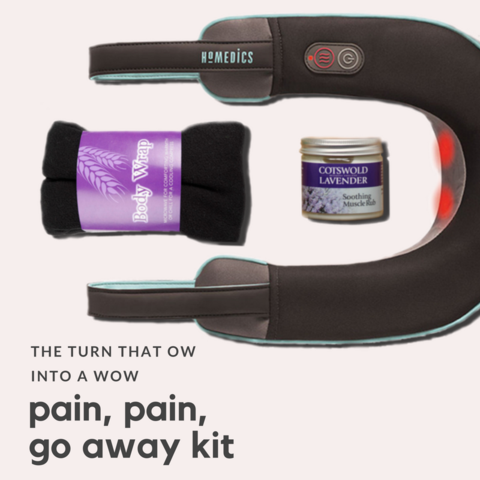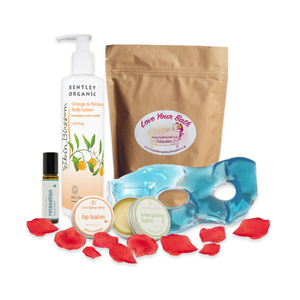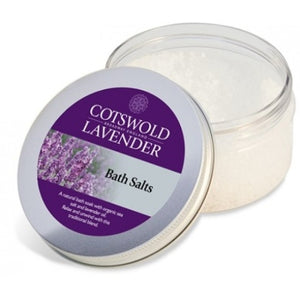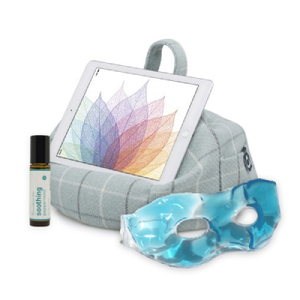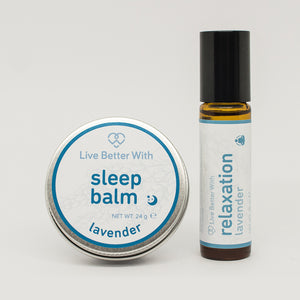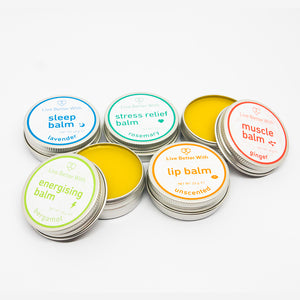Weaker Muscles and Bones
Weaker Muscles and Bones During the Menopause
Bone density changes over the course of your life, and when you begin the menopause, your bone strength can begin to decline. Many women also experience tired and achy muscles. This can make it challenging to exercise as normal or to stand for long periods of time.
This guide will cover:
- Bone Density Loss
- Muscle Weakness and pain
- Joint pain
Why do muscle and bone density change during the menopause?
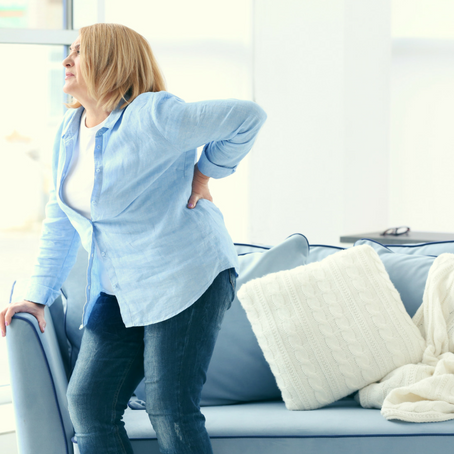
Changing hormones often lead to a loss of bone density and weaker muscle tone. During the menopause, many women describe feeling very tired in their legs and arms, and less able to work out or exercise.
Changing muscle tone occurs because your muscle tone and strength are influenced by your hormones. When your hormones fluctuate, your muscular tone can change, too. Similarly, your bone density starts to decrease as oestrogen levels change, because oestrogen helps to protect your bones and keep them strong.
How can I manage bone density loss during the menopause?
Bone density loss begins when the menopause starts, and continues as you grow older. Because this change is gradual, your bones will not become prone to breaking or extremely weak overnight. Instead, it’s good to think about the menopause as a time to consider your health - and that includes the health of your bones.
- Keep fit: Exercising during the menopause is a fantastic way to manage your symptoms and side-effects. But it’s also a good method of maintaining bone density as you age. You should aim to exercise daily, but achieving a minimum of 150 minutes of exercise should be your aim each week. Try working out on a pedal exerciser, or consider treating yourself to a FitBit. You’ll love tracking your steps and exercise as you get stronger. You can also practice yoga for increased flexibility.
- Choose resistance and weight-bearing exercises: Weight-bearing helps to strengthen your bones and muscles. Using resistance bands to really work your arms and legs is a great way to protect yourself against future bone density loss
- Get your Vitamin D: Whether through supplements, leafy greens, or time spent in the sunshine, make sure you’re getting your recommended intake of Vitamin D every day (it’s essential to healthy bones!)
- Eat Well: Exploring healthy eating options is a great way to protect your bones against future deterioration. Try the Midlife Kitchen, or The Natural Menopause Plan for some delicious recipe ideas. We also love Healthy Eating for the Menopause.
What should I do about managing muscle weakness during the menopause?
Women experience muscle weakness during the menopause quite differently. Some women describe feeling like they “just ran a marathon” the day before. For other women, a few twinges and a bit of reduced fitness are all that result. In either case, it’s best to balance exercise with pain relief strategies.
- Use hemp oil: Hemp body oil contains analgesic and anti-inflammatory properties that can help you to manage pain and discomfort while you’re living with the menopause. Simply apply to sore areas to relieve aches and pains.
- Use massage and heat: We love at-home massage accessories that allow you to get the soothing, warm comfort your muscles need. Try the HoMedics remote-controlled massager or neck massager for quick relief. You can also try soothing body wraps and neck warmers - simply microwave and wrap around the affected area of the body.
- Get out for a walk or do some strength training: Weightlifting and using resistance bands are great ways to re-build your muscles for increased strength.
Why are my joints so achy and what can I do about it?
See our guide to managing aches and pains during the menopause for plenty of helpful tips and product recommendations.
It’s easy to ignore physical symptoms like aches and pains, or to assume that they’re unrelated to the menopause. Remember that your hormones affect many systems in the body. If you’re uncomfortable or in pain, it’s worth investigating further or speaking to your doctor!

